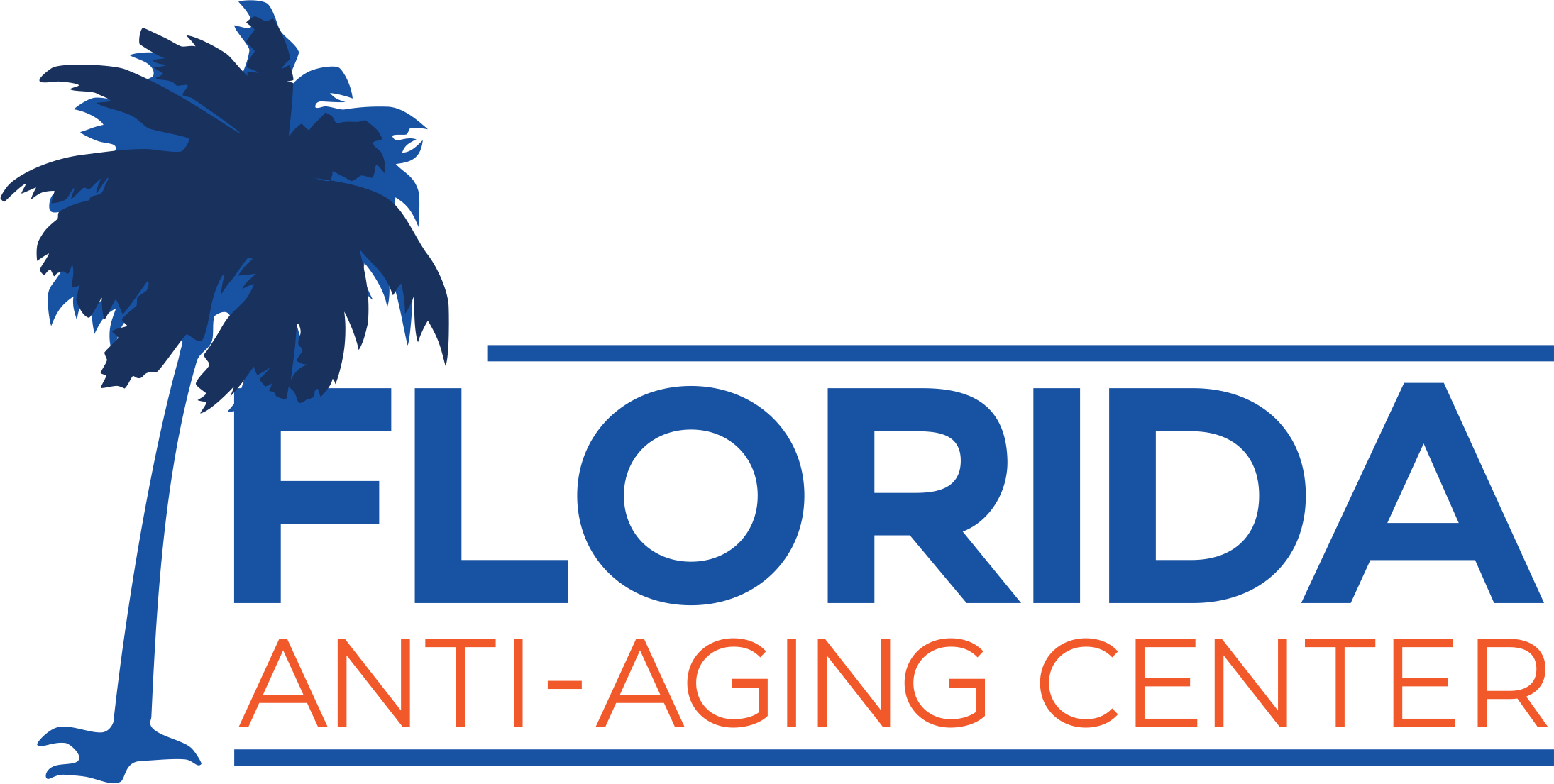Physicians and patients alike want to point to cholesterol as the instigator of arterial blockages. It is certainly present in their plaques, but it is not the instigator. The structure of cholesterol makes it the perfect nutrient for our body. The outer layers easily interact with water, the inner layers easily react with the fattier inner cell. This beautifully floating vehicle can be damaged however. When cholesterol interacts with sugar or with inflammation, its structure changes so that it is no longer stable. This instability changes it so that it will cling to anything it finds in its ways. This interaction also damages whatever it meets and the result is a damaged wall and damaged cholesterol sticking to the wall. It is an innocent bystander that exposed from sugar or inflammation!
Cholesterol structure showing the water friendly component (hydrophilic) and the water avoiding (hydrophobic) components
